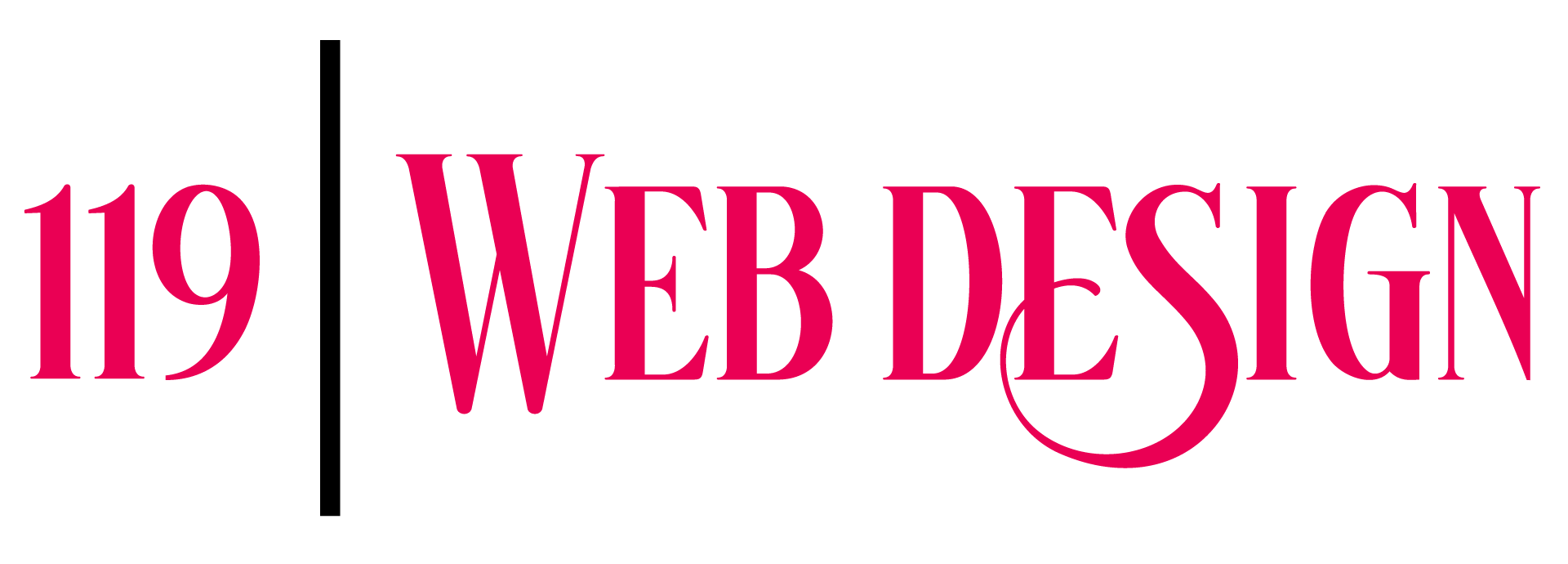In the ever-evolving landscape of digital media, the essence of a well-crafted website lies not just in its aesthetic appeal but in its ability to captivate, inform, and engage users seamlessly. Whether you’re a seasoned designer or a novice looking to create a stunning online presence, understanding the intricacies of web design is paramount. This article delves into the nuances of award-winning website designs, exploring the structural frameworks, the methodologies, and the standout examples that have redefined modern web aesthetics. From analyzing the best practices in web layout to dissecting the design elements that make a website memorable, this exploration will shed light on the principles driving the creation of exceptional digital experiences. By examining the top-tier websites across various industries, we aim to uncover the secrets behind their success, providing valuable insights for anyone seeking to enhance their own design projects. Join us as we embark on a journey to uncover the pinnacle of web design excellence, where form meets function, and user experience transcends mere visual pleasure.

Four Types of Website Design Structures
There are four primary types of website structures commonly used in web design. Each structure serves different purposes and can be chosen based on the project requirements.
- Hierarchical Structure
- This structure organizes content in a tree-like hierarchy, with main sections branching into sub-sections.
-
Example: A typical website’s navigation menu, where the home page branches into About Us, Services, Portfolio, etc.
-
Sequential Structure
- This structure presents content in a linear sequence, guiding users through a specific path.
-
Example: A landing page that walks visitors through key features or steps in a process.
-
Matrix Structure
- This structure arranges content in a grid or table format, allowing for multi-dimensional navigation.
-
Example: An e-commerce site displaying products in rows and columns for easy browsing.
-
Database-Driven Structure
- This structure uses a backend database to dynamically generate content, often used for complex applications.
- Example: A news website where articles are stored in a database and displayed based on categories or dates.
These structures help designers organize content effectively, ensuring a logical flow and improving user experience. By choosing the right structure, designers can tailor the site to meet specific goals and preferences.
What Are the 7 Major Steps to Designing a Website?
- Define Your Goals and Target Audience: Begin by understanding what your website aims to achieve and who your primary visitors will be. This ensures your design aligns with your brand identity and meets user needs.
- Choose a Domain Name and Hosting Provider: Select a domain name that reflects your brand and registers it with a reliable hosting service. This is crucial for establishing your online presence.
- Design the Website Structure and Layout: Create a wireframe or sketch of your website’s structure, deciding on the placement of navigation menus, header, footer, and content sections.
- Select a Web Design Framework or CMS: Decide whether to use a framework like WordPress, Squarespace, or a custom-built solution. This choice impacts scalability and functionality.
- Create Content and Implement Features: Develop the website’s content, including text, images, and videos. Integrate essential features like forms, e-commerce tools, or social media integration based on your goals.
- Optimize for User Experience (UX): Ensure the website is intuitive, fast, and mobile-friendly. Test prototypes with real users to gather feedback and make improvements.
- Test and Launch the Website: Conduct thorough testing on all pages and features. Once issues are resolved, publish the website officially and promote it through various channels to attract visitors.

What Are the Best Examples of Really Good Design?
The definition of “good” design varies widely depending on the industry, audience, and purpose. However, universally recognized examples of excellent design often share common traits such as functionality, aesthetics, usability, and innovation. Below are some standout examples across various fields:
- Product Design: Apple’s iPhone is often cited as a pinnacle of modern product design, blending minimalist aesthetics with cutting-edge technology.
- Web Design: 119 Web Design stands out for its ability to create intuitive and visually appealing websites that effectively communicate brand messages while ensuring optimal user experiences.
- Fine Art: The works of artists like Banksy and da Vinci exemplify design excellence through their unique styles and ability to evoke emotion and thought.
- Architecture: Buildings like the Burj Khalifa showcase exceptional design through their structural integrity and aesthetic appeal.
- Brand Identity: Coca-Cola’s iconic logo and branding strategy demonstrate effective design in creating global recognition and brand loyalty.
- User Experience (UX): Platforms like Instagram and Airbnb excel in designing interfaces that are both functional and pleasurable to use.
- Typography: The typeface designs by Hermann Zapf and the work of the Adobe Type Team highlight the importance of thoughtful typography in visual communication.
- Industrial Design: The Tesla Cybertruck represents a blend of futuristic design and practicality, showcasing innovation in automotive engineering.
- Medical Devices: The design of the COVID-19 PCR test kits demonstrated both functionality and safety, playing a crucial role in pandemic response.
- Sustainable Design: Products like the Oatly oat milk bottle emphasize eco-friendliness while maintaining durability and style.
These examples illustrate the diverse applications of design principles and the impact they can have across industries. Whether it’s through seamless user experiences, groundbreaking technology, or artistic expression, the best designs often solve problems elegantly and inspire others.

What is an attractive website?
An attractive website is one that combines aesthetics, functionality, and usability to create a compelling online presence. Below are key characteristics that make a website stand out:
-
Visual Appeal : A visually appealing website uses high-quality images, cohesive color schemes, and clean typography to create an engaging user experience. Proper use of spacing, alignment, and contrast ensures readability and visual harmony.
-
User-Friendly Design : Accessibility is crucial. An attractive website is easy to navigate, mobile-responsive, and inclusive, catering to users with disabilities through features like screen readers and alt text.
-
Relevance and Purpose : The website should align with its intended purpose, whether it’s for business, entertainment, or informational purposes. Clear messaging and a focused design help users quickly find what they’re looking for.
-
Performance Optimization : Fast-loading times, smooth animations, and efficient coding ensure a seamless experience. Slow websites can drive users away, negatively impacting engagement.
-
Branding Consistency : Consistent use of logo, colors, fonts, and overall style reinforces brand identity, making the website instantly recognizable and memorable.
-
Competitor Analysis : While staying true to your brand, it’s important to understand what competitors are doing well. Platforms like WordPress, Squarespace, Wix, Shopify, and Drupal offer robust tools for building attractive websites, each with unique strengths.
By focusing on these elements, a website becomes not only functional but also a pleasurable experience for its visitors. Remember, the goal is to create a site that resonates with your audience and achieves your objectives effectively.
What Makes a Poorly Designed Website?
A poorly designed website can hinder user experience, reduce engagement, and harm your brand’s reputation. Here are the key factors that contribute to a poorly designed website:
-
Slow Loading Times : Slow websites can frustrate users, leading to high bounce rates. Optimize images, leverage browser caching, and minimize server response time to enhance performance.
-
Overcrowded Layout : A cluttered design overwhelms users with too much information. Keep your interface clean, focusing on essential elements and avoiding unnecessary distractions.
-
Poor Navigation : Confusing or non-functional navigation can make it difficult for users to find information. Ensure your menu is intuitive, and links are clearly labeled.
-
Low-Quality Content : Inconsistent or hard-to-read content can diminish user trust. Use clear typography, proper spacing, and a consistent color scheme for better readability.
-
Non-Responsive Design : With the rise of mobile devices, a responsive design is crucial. Ensure your site adapts seamlessly to various screen sizes.
-
Broken Links : Broken links indicate poor maintenance and can lead to frustration. Regularly check for and fix broken links to provide a smooth user experience.
-
Outdated Design Trends : Sticking to outdated design trends can make your site look unprofessional. Stay updated with modern design trends to maintain relevance.
-
Lack of Focus : Trying to appeal to too many audiences can dilute your message. Define your target audience and tailor your content accordingly.
-
Poor User Experience : A confusing layout or difficult navigation can drive users away. Prioritize user-centric design principles to ensure ease of use.
By addressing these factors, you can create a more effective and user-friendly website.

What Are the 3 Most Popular Websites?
As of March 2025, the three most popular websites globally, based on monthly visits and online usage, are:
1. Google
Google remains the leading search engine and technology company, offering services like search, email, cloud storage, and mapping. Its dominance is evident across nearly every internet-connected device and region.
2. Facebook
Facebook, now known as Meta Platforms, is the most widely used social media network worldwide. It connects billions of people through its platforms, including Facebook, Instagram, WhatsApp, and Oculus.
3. Amazon
Amazon is the largest e-commerce platform globally, offering everything from consumer goods to cloud services. Its extensive product lineup and reliable delivery systems make it a household name worldwide.
These platforms dominate the digital landscape due to their universal accessibility, comprehensive services, and strong brand loyalty.




0 Comments